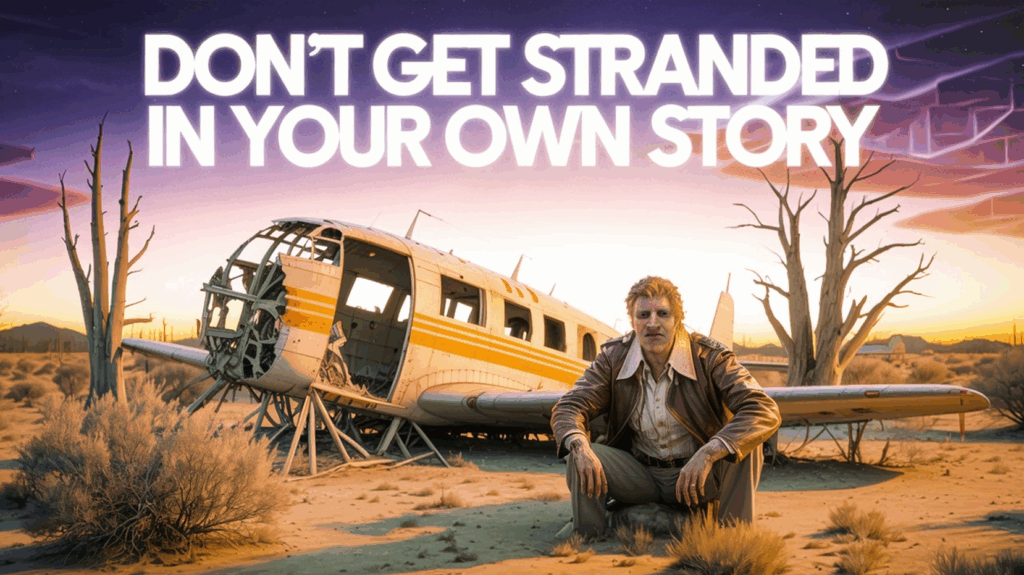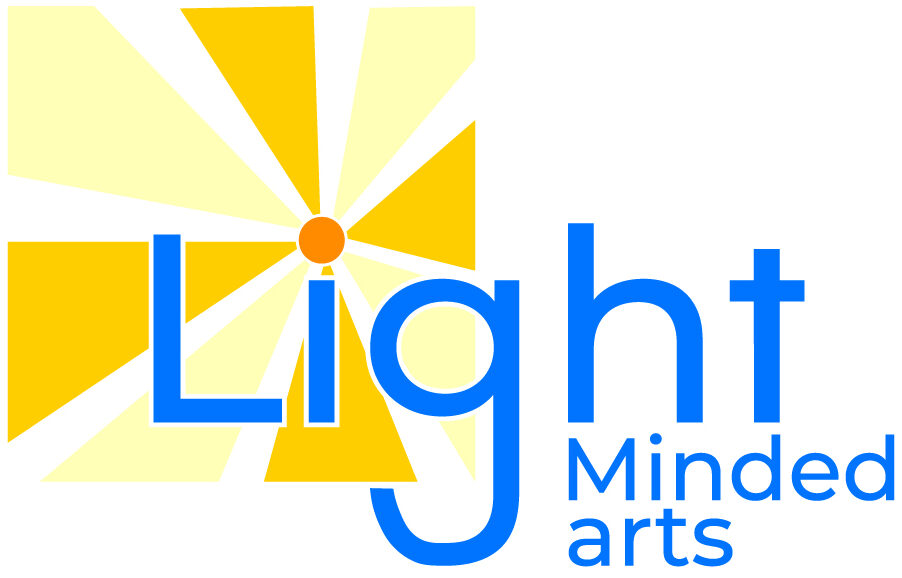
Often when it comes to plotting your stories, you hear people talking about the beats of the story. For me this was incredibly confusing. I’d google story beats, and get no clear answers.
Yet, everyone seemed to know what they were and how to use them. Was I just so stupid that I couldn’t grasp what was so obvious to others? Was this some industry secret?
If you’re in the same boat I was, let me tell you, this is a topic that we could go very deep into, but I’ll do my best to keep it clear and concise.
The Music of Plotting

When you think of beats, your mind might conjure up that term in a musical sense. But for the written word, there is no music. Stories do however have a sort of rhythm to them—a flow that if done well can make them have power. This power lies within the beats of a story.
In my previous article, we talked about structure. Structure and beats work together, but are not the same thing. In a song, the music is contained within a structure of chorus and verse. In a novel or screenplay, the structure is contained within acts. The beat is what carries you through the different parts of those acts, and they vary depending on the genre. In music, you have a different sort of beat for jazz, rock, basa, waltz, etc. Stories are the same, you have different beats for the various genres of horror, romance, detective, fantasy, etc.
Knowing these beats will help you craft a story that has the best punch. You have to be careful though. If followed perfectly, the beats can lead your story to being too predictable, tropie, or cliche. The idea is to learn the beats, then find subtle ways of twisting them to give the audience a story they can understand, relate with, and still be surprised by.
When I’m plotting out a story, I’ll often write down all the beats that I want to hit, and arrange them in order of where they should occur within my story structure. Then when I’m done writing my book, I can review those beats, compare it to my rough draft, and see how well I crafted my story around them. Sometimes, I find that I veered off the path, and need to modify my story. Other times, I adjust the beats and see if they still work.
Often you can combine beats to tell a more engaging story. In fact, I think that often times, if you aren’t doing this, your story will be lost within the slush pile of other genre stories that failed to add a little more flare to their stories as well.
What are the Beats for the Various Genres?
I can’t tell you all of them, but I can help you figure out how to find them. Lets start by breaking down a story that many of us might have seen. Keep in mind, that a popular and successful story, probably got the beats right, in order for it to have become so popular. You’ll also find that as you study one successful story, you’ll see how another successful one in that same genre matched those same beats pretty closely. You’ll also start to see how stories that combined multiple genres were able to blend the various beats for a more dynamic tale.
I could have chosen a bunch of films, but I wanted to try my hand at a genre I don’t delve into much, so that you can see how I would find the beats and maybe we can learn a little together. If you haven’t seen this, I suggest you watch it before it give it all away. Lets do the romcom: While You Were Sleeping.
While You Were Sleeping
Preface: This is a romantic comedy genre film. The beats within this story can be found in most successful romance comedies, at least that’s going to be our assumption. There will be spoilers here. (FYI, I don’t write much romance, so I’m breaking this down the best I can. It would probably do me good to break down more, and make sure my beats all matched, so I might miss something. If you think of something I missed, let me know on my Youtube comments page.
- Meet the main character and discover what they need.
- For this, Lucy (Sandra Bullock) is clerk at the metro, and is secretly in love with Peter (Peter Gallagher) he is not her need, her need is what we learn about her through the opening scenes: In this case, she is all alone and needs a family.
- The main character enters into some kind of deception. In this case, she makes everyone believe that she’s engaged to him.
- Main character is placed in a situation that she actually meets her true lover. In this case, this it will be Peter’s brother, Jack (Bill Pullman).
- The main character becomes entrenched in the lover’s world.
- We learn of the lover’s need. Jack needs to find independence from his fathers business and become his own man.
- The main character and lover hate each other. In this case, its because jack isn’t buying into her scam.
- The main character and lover fall in love. In this case, he now falls for her scam.
- An opponent gets in the way. For Lucy, this is her neighbor, a greasy low brow dude, who Lucy really just tolerates, but who Jack feels threatened by.
- The main Character and lover need to have some scenes together, where their relationship strengthens.
- Another opponent arises. In this case, it’s Peter, waking from his coma. He’s different from the 1st opponent, and harder to ignore. They both agree to marry each other.
- The main character give up the scam at the last possible moment and the true lover, Jack overcomes his weakness too. They come together to live happily ever after.

I may have missed some beats, but if you compare this to other romcoms, you’ll find similarities between the beats. This one twisted one of the beats near the beginning. Rather than meeting Jack first, she seems to have met Peter first, making you think early on that he really could be her lover. But in reality, she never met him until after he awoke from the coma, bringing the true beats back into harmony. See how that beat was manipulated and made the story unique, rather than tropish?
Next, find another romcom that you can pick apart and see if it has the same beats within it. Maybe it does, maybe you discover another beat, or you are able to see how they moved or twisted one of the beats to make it a little different.
I would recommend taking a few stories in this genre and dissecting them all before settling on your definitive list of winning beats for this genre. I think I’ll take the beats I got from that, and compare it with another movie that I watched some time ago, and which was filmed decades apart: Some Like It Hot. Already from what I remember, there is a relationship built on deception, there is conflict, and the gig isn’t up until the near end. I’ll have to re-watch it though to remember all of it, but I think you can see where I’m going with this.
Whatever genre you prefer to focus on, sit down, watch some movies in that genre, or read several books in that genre. See what they all appear to have in common, then apply that to your story, and see if it doesn’t make yours better.
Find ways to manipulate the beats and combine them with other genres. Have fun with this.
I’ve just barely skimmed the surface of story beats with you. If you want to learn more, and I recommend you do, then check out my favorite source for learning and understanding story beats: John Truby. He has several books and classes on understanding and incorporating genre beats into your story. Visit him at https://truby.com/
FYI, I don’t get paid anything to endorse him, I have just found his insights to be incredibly helpful.
Also, check out my YouTube video on this subject at https://youtu.be/lw2ep0xxaIM
As with most of my YouTube videos, I try to throw in some fun skits as well.

Leave a Reply